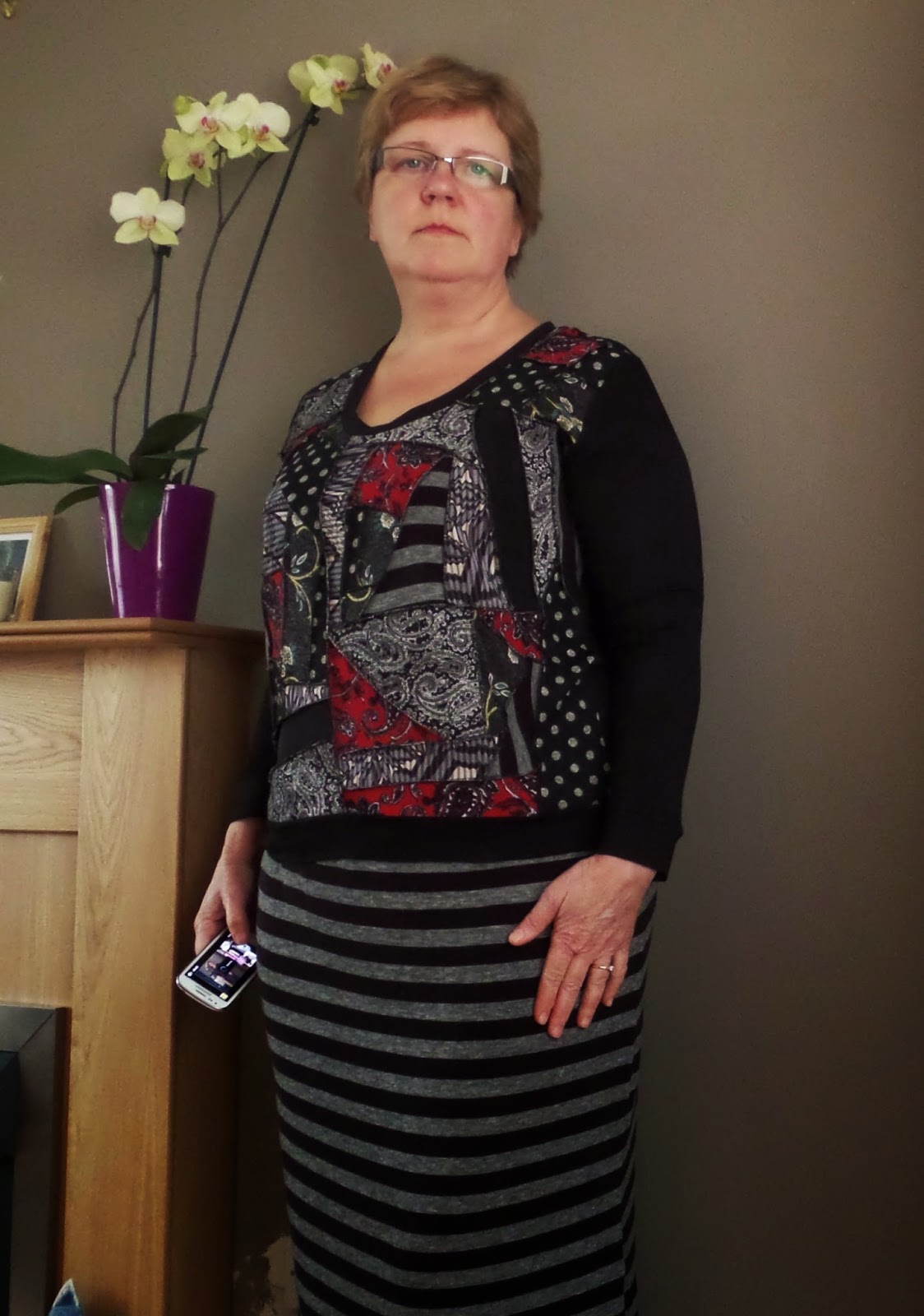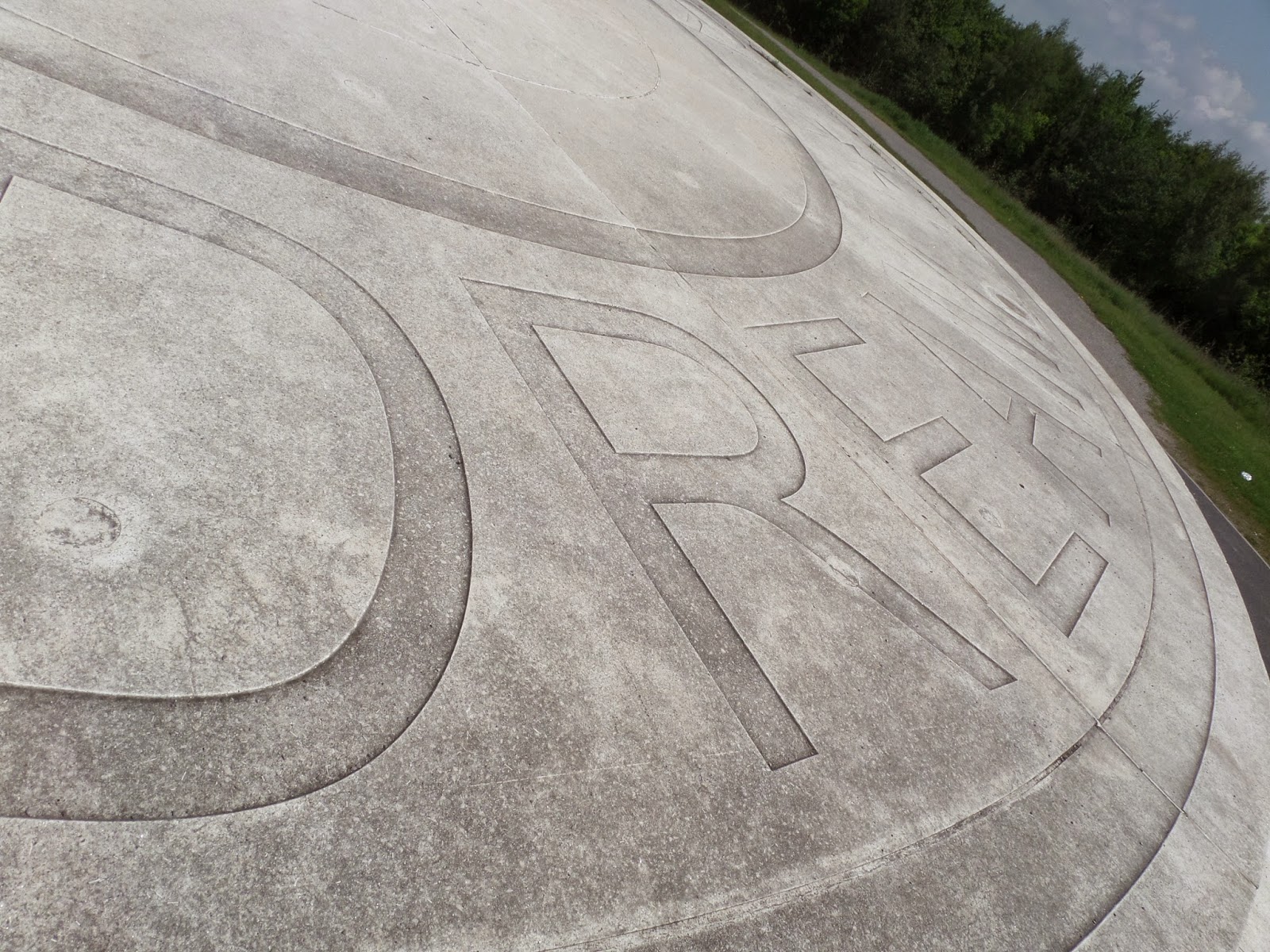I guess that in every other knitting-related post, I have
mentioned that I like to knit from the top down and on this occasion I did the
same. I cast on the stitches for the back and knitted down to the base of the
underarms. I then picked up the stitches for the right shoulder however there
was a small problem. I have not knitted many buttoned items and this time I
wanted to knit the attached button bands in one go. I tried to google to see if
I could find some instructions, but, interestingly, wasn’t much to find. If
anyone knows of any link to read I would be interested.
So I decided to invent my own methods, and knit a button
band in garter stitch with 3-stitch slipped stitch edging (SSE). I got this idea for
SSE from the Knitterfrei blog, thank you for sharing!
Please look at my photos for my progress.
If you are interested to read more about my method please
feel free to leave a comment and I will translate the description.
Ma vist igas teises kudumisega seotud postituses mainin, et
mulle meeldib ülevalt alla kududa. Egas ma sellest meetodist seekordki üle ega
ümber saanud. Seega lõin selja laiuse jagu silmi üles ja kudusin seljatüki kuni
kaenlaaluseni. Seejärel võtsin vardale parema õla jagu silmuseid. Ja tekkis
väike problem. Ma olen vähe eest nööbitavaid kampsuneid kudunud. Tahtsin
seekord nööbiliistu kohe külge kududa. Asusin googeldama, kuid huvitaval kombel
eriti midagi leida polnudki. Kui keegi teab mõnd linki, loeks huviga.
Nii siis leiutasin oma meetodi ja otsustasin kududa
nööbiliistu ripskoes, kolmesilmuselise ületõstetud silmustega servaga. Serva
idee sain Knitterfrei blogist, tänud jagamast!
Kolmesilmuseline ületõstetud silmustega serv:
Paremal pool: K1, lõng töö ette ja libista 1 s
kudumata paremale vardale, lõng tagasi töö taha ja K1.
Vasemal pool: lõng töö ees libista 1 s paremale
vardale, lõng töö taha ja K1, lõng tagasi ette ja
libista 1 s paremale vardale.
Nööbiliistu kudumine.
Kudusin parema õla esimese rea kuni kaelaavani. Rea lõpul
lõin üles seitse silmust nööbiliistu jaoks. Tagasireal 1 pahemp, 1 paremp, 1 pahemp,
4 paremp.
Edasi lähebki nööbiliist nii, et neli silmust ripskoes, kolm
äärmist serva kudumise võttega.
Googeldamise käigus leidsin soovituse kasutada nööbiliistul
lühendatud ridasid, et ühtlustada parempidist pinda ja ripskude, sest ripskude
tõmbab pinna kokku. Kudusin igal 6.-l real lühendatud read. Praegu näeb ühtlane
välja. Alles nüüd hakkasin mõtlema, et näiteks Haapsalu sallil on ju ka
ripskoeline serv, kuid ei ole lühem ega jää kiskuma? Või on asi sellest, et
salli venitatakse üsna tublisti?
Kui parem hõlm oli kaenlaaluseni kootud, alustasin vasaku
hõlma kudumist. Selleks tuli kõigepealt kududa kaelusekant/nööbiliist ka
kaeluse taha. Korjasin üles seitse silmust, mille olin üles loonud paremat
nööbiliistu alustades ja lisaks veel ühe silmuse, kokku 8 silmust. Kudusin
kaelusekandi seljatüki külge. Selleks kudusin kaheksanda silmuse kokku kaelakaarel
ootel oleva silmusega.
Nööpaugud koon
kahekordse õhksilmuse meetodil.
Rida 1: Koo
kuni nööpauguni, 2 s paremp kokku, 2x õhksilmus, 2 s ületõstmisega kokku.
Rida
2: Koo õhksilmused nii: koo esimene õs parempidi, koo teine õs keeruga.
Päris keeruline jutt tuli. Mis teie arvate külgekootud
nööbiliistust?
FBLYFLMS

.jpg)


















.JPG)












.JPG)
